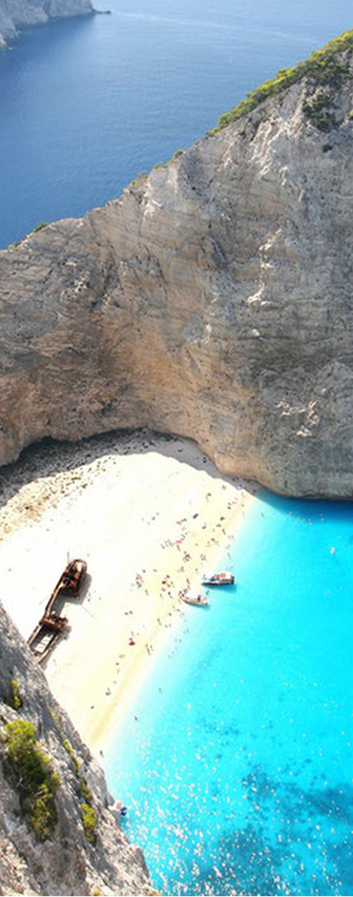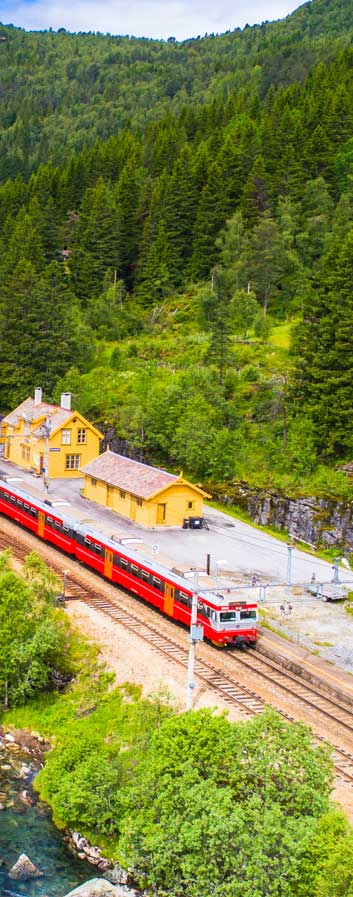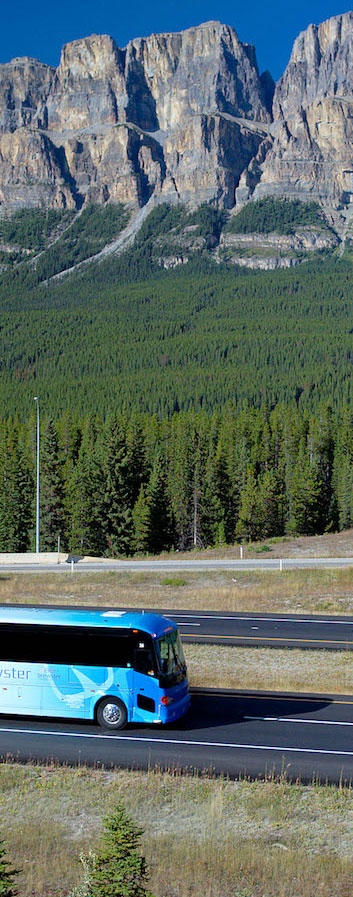Mt. Tarawera
Gaze in awe at Mount Tarawera and imagine the frightening night of June 10 1886, when the mountain's summit split open in a violent eruption.
For centuries the Tuhorangi tribe (a sub tribe of Te Arawa) held Mount Tarawera in the highest regard. Their leaders were buried on its summit, and the bones of countless ancestors were entombed around its base. Imagine their grief when, in the early hours of 10 June 1886, the mountain began to erupt, thrusting columns of molten rock thousands of metres into the air. A thick dark cloud formed high above the eruption, its underside lit coppery red by the activity below. Lightening and thunder broke out and molten balls of rock began to rain down onto the lake and surrounding landscape.
Worse was about to come. Beneath the earth's surface, hot magma met the underground waterways of nearby Lake Rotomahana. This rapidly created a vast amount of superheated steam that simply blew the bottom out of the lake, sending scalding mud high, far and wide. For the surviving local Maori, the eruption was devastating. Their ancestors' remains were destroyed, many of their people were killed and their lands and livelihood were metres deep in mud and ash. In addition, the amazing Pink and White Terraces - recognised as the eighth wonder of the world - were completely destroyed.
Today the giant mountain lies sleeping once more. Its crater, a gaping six kilometre ravine, is clear testament to the ferocity of the 1866 eruption. Access onto the mountain is restricted to guided tours. Its majesty can also be viewed from a scenic flight.


































